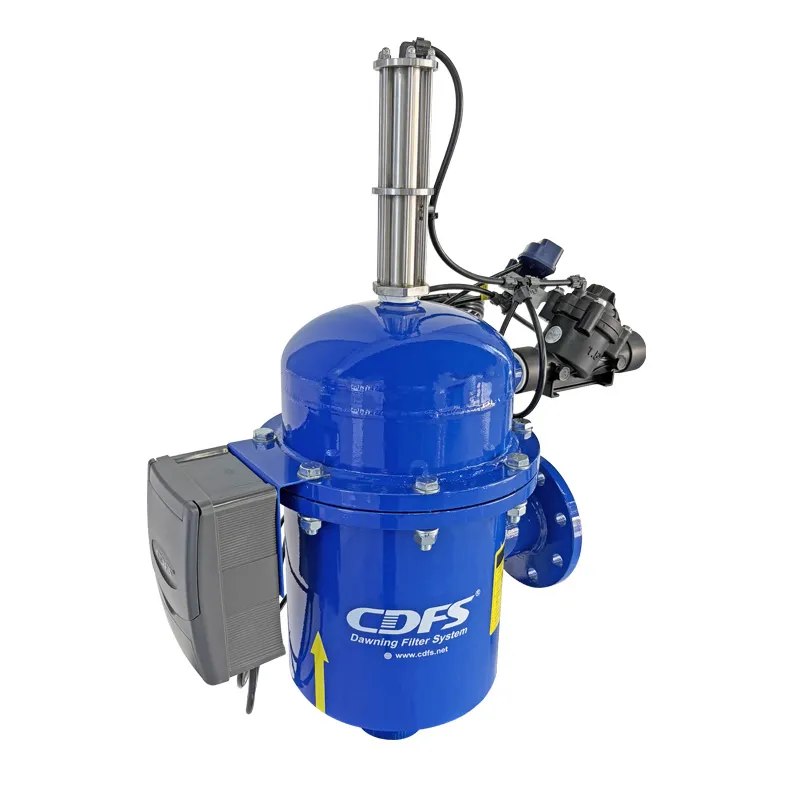
For industries and farms that rely on filtration systems, screen filters are the first line of defense against system failure. When these filters develop hidden faults, efficiency drops quietly. That’s why mastering screen filter fault diagnosis isn’t just about maintenance. It’s about maximizing return on investment.
Screen filters use a fine mesh or perforated screen to trap debris. When fluid passes through, solid particles stay behind, and clean liquid continues downstream. Many systems now have automatic self-cleaning features that use sensors to detect pressure changes and start a backwash cycle.

Even advanced screen filters can experience faults over time.
Clogging occurs when particles accumulate faster than the system can clean itself. This leads to a noticeable pressure drop, reducing flow rate and stressing pumps. In irrigation systems, uneven water distribution may appear. It’s an early sign that the screen filter needs attention.
Automatic self-cleaning filters depend on electric or hydraulic motors and specialized nozzles. If the motor fails or the nozzle becomes blocked, the cleaning cycle stops. This allows debris to accumulate inside the system. Frequent motor stalls may also indicate an electrical fault or wear in the gear mechanism.
Buyers who adopt proactive diagnosis methods significantly reduce repair costs.
Modern systems feature IoT-based sensors that monitor pressure differences and flow rates. These sensors also track cleaning cycles to help maintain optimal performance. These sensors send instant alerts when performance drops, allowing maintenance teams to act before failure occurs.
For systems without smart sensors, regular manual inspection is key. Check the screen mesh for tears, inspect O-rings for leaks, and verify that the cleaning motor operates smoothly.
Excessive sediment, poor water quality or a malfunctioning backwash cycle often cause repeated clogging.
For heavy use, monthly inspections are ideal. Otherwise, quarterly checks suffice.
Yes. Manual inspection of pressure gauges, flow meters, and mesh integrity can reveal early issues.
Absolutely. It minimizes manual maintenance and prevents unplanned downtime.
Listen for unusual noises, check cleaning cycles, and watch for pressure inconsistencies.
Companies that implement regular diagnostic practices experience fewer unexpected shutdowns, leading to noticeable savings in labor and energy. What’s more, maintaining clean filters helps ensure stable flow rates. It also protects downstream equipment and extends the service life of the entire system.
